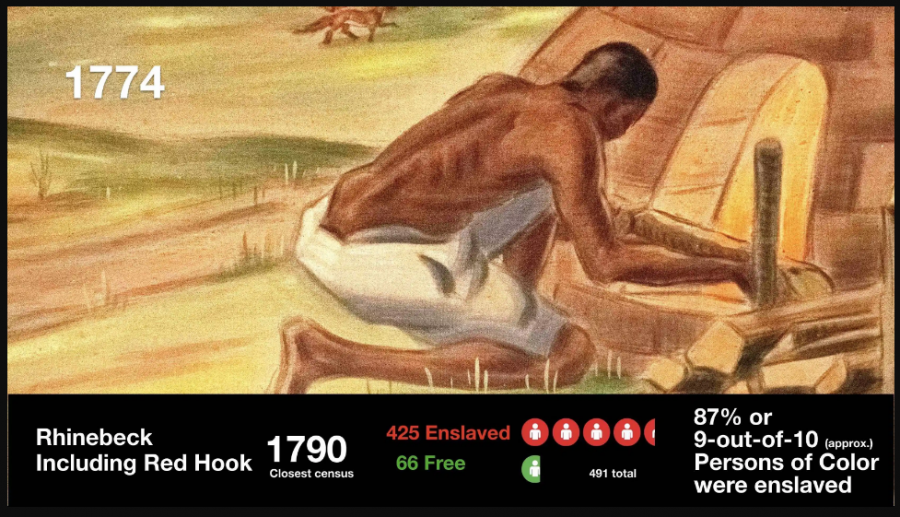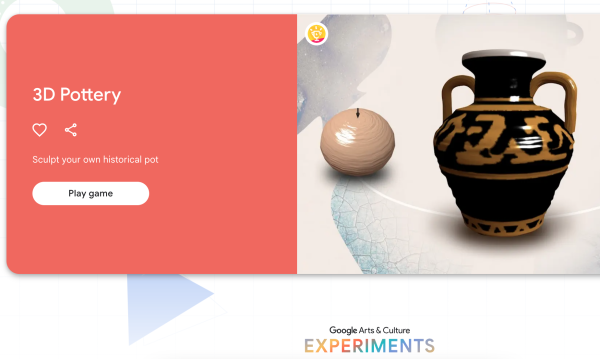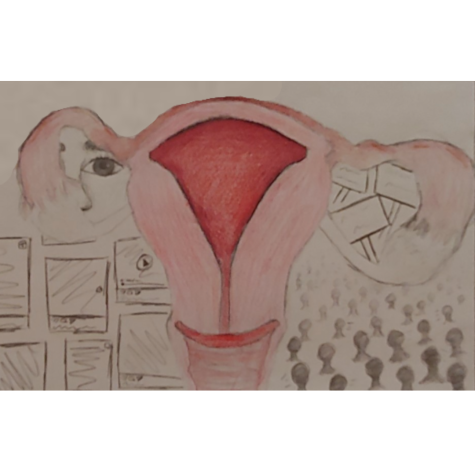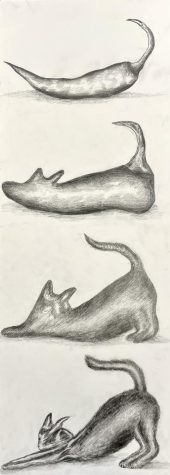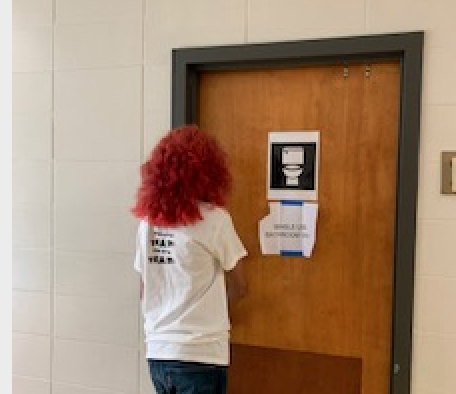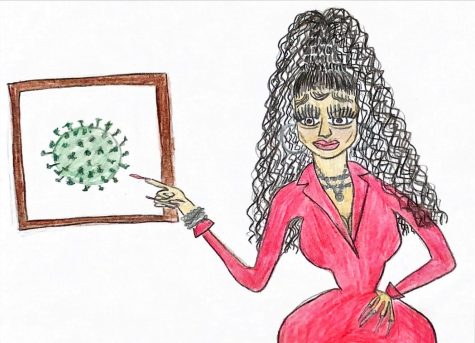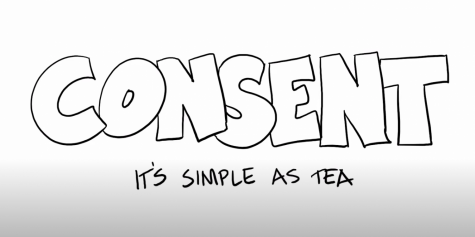Racism Right in Our Backyard
Dutchess County Historical Society
An image of a slave is accompanied by statistics on the percentage of slaves in our area in 1790.
When you think of racism, what comes to mind? Maybe, you conjure up an image of an old, southern, white man throwing slurs.
Or maybe, you see a woman going into an interview who doesn’t get the job due to the color of her skin.
In any case, we tend to think of racism happening far away and being in the form of some action someone has taken.
Sadly, racism is present even in our own village, and can be found in many forms, including completely silent images.
An important term to keep in mind when discussing racist art is visual rhetoric. According to Oxford Research Encyclopedia,“Visual rhetoric explores the communicative and persuasive power of the visual artifacts that surround us.”
Simply put, visual rhetoric is the art of communicating ideas through images.
While some might argue that pieces of art depicting people of color are just showing history, it is the way in which they are depicted that can be found offensive.
The issue of how people of color are portrayed, in terms of visual rhetoric, has come up several times in Rhinebeck this summer in the wake of George Floyd’s murder and the flood of BLM protests across the country that followed.
This August, Foster’s Coach House, located in the center of the village, received major backlash for their blatantly racist wall hangings. On August 9th, journalist and podcaster Touré went to dine at Foster’s. The first thing he saw when he walked into the dining room was an offensive, caricature-like sculpture which he said depicted “A Black man with huge lips & bugged out eyes, being dragged by a horse and plow.”
He asked to speak to the manager and explained how he felt this image was “undeniably racist”. The manager claimed that the decoration was not, in fact, racist and went on to say it was art and a portrayal of history. When Touré told her that it was an extremely inaccurate depiction of history, she simply said that there were dozens of caricatures on the wall. Touré then aptly pointed out that “none of it (the other art) makes white people look like lesser humans.”
To this, the manager replied that they did not find the image to be offensive and he could make the decision to eat at another restaurant if he thought it was.
Touré then took to Twitter to share his experience at Foster’s. The tweet blew up and the people of Rhinebeck became outraged.
Eventually, Foster’s made a statement saying they had removed the “antiquated and inappropriate Currier & Ives imagery and wall hanging” and that they “rebuked racism”. However, they offered no apology to Touré, or the other people who had been offended by and objected to the art.
After this scandal, Foster’s attempted to save face by publishing a ridiculously tone deaf article in the Hudson River View that described Foster’s as “creating and maintaining a friendly, home-town environment”. The entire article completely disregarded the events that transpired this summer.
There has also been concern that the murals in the Rhinebeck post office are offensive. The post office and its 12 murals were commissioned by FDR in 1940 as part of the Works Progress Administration. While the intention of creating this building was to create jobs and celebrate the history of the area, many of the images depicting slaves are insensitive and offensive.
One such image depicts a shirtless, bone thin slave, hunched over, working in the fields while white settlers are seen standing in billowy white dress shirts. Another shows two black men bent under the weight of heavy bags while two white men stand by with arms crossed, watching them carry the loads to a nearby boat.
The controversy over these images has been recognized by an organization called “I Say… I See…” whose mission is to “support informed and civil conversations about the depiction of our shared history in public places.”
They will be holding a zoom meeting sometime in the next week to allow the people of Rhinebeck a chance to discuss the portrayal of people of color in these murals. Over a dozen people from the community, including teachers, historians, and local officials will be present in the meeting.
While it is important to recognize the history of our area, this must be done in a way that is sensitive to the hardships that people of color have and continue to face throughout history.
Although there is still work to be done, it is heartening to see Rhinebeck taking steps towards making the town more inclusive and sensitive in its visual portrayals of people of color.

